One thing that you learn from visiting a flower show is that every show is different. While Tatton is spacious and Chatsworth set in the grandeur of a stately home, Harrogate is compact, for there is much set into a small space there. Moreover, the time of the year determines the character of the festival. There are Spring and Autumn Harrogate shows, and the Spring one reflects the dominance of flowers over vegetables in the English Spring. As befits an English Spring with its unreliable weather, the show protects the exhibits by holding much display in its ample exhibition halls .But the compact layout of the show has much to commend it, as you can easily walk from one place to another and it is easy to find your way around.
The floral displays are magnificent. This show is an early opportunity for nurseries to display their wares, and the ones that you see are mainly flowers, there being but few vegetables. The vegetables present include herbs,some of which are wonderful specimens of the herb grower's craft. The judging of the displays ranges from gold to bronze, but there is a level known as silver gilt between silver and gold, and above gold there is premier gold, the very best. Sometimes you get an award of best in show, and that is quite an achievement. In the pictures below you see examples of displays that earned premium gold.
What impresses me about the floral displays is that not only are they beautiful, but the precision and skill that has gone into making them as perfect as possible is outstanding. Their makers, in this case all nurseries intent on displaying their skills, work for days to eliminate even the slightest blemish. Blooms are chosen in some cases to all be exactly the same size and laid out with exactly the same number of flowers per pot. It reminds me that it is easier to write about gardens than it is to make a perfect one. But the floral displays inspire the rest of us to achieve higher standards.
You can run into kindred spirits there. In the floral hall Maureen and I met the mayoress and deputy mayoress of Trafford, our local area, there, as these two close friends were taking a well-earned day off from public duties to visit the show. The deputy mayoress is chair of Urmston Allotment and Garden Society, while I am vice chair, so we know each other well. A little later we visited an arboricultural stall and found that one of its staff was an impressive young scientist who had co-authored the article on biochar that I cited in my article on it that some of you recently read on Wizzley, a young lady called Emma Schaffert. We had a chat about, you've guessed it, biochar.Later on I had a good conversation with a lady who was involved in Hemsley Walled Garden in the North-East of England, and we finished up by agreeing that some time in the future I would visit that lovely restoration site. Expect an article,but not for a while yet.



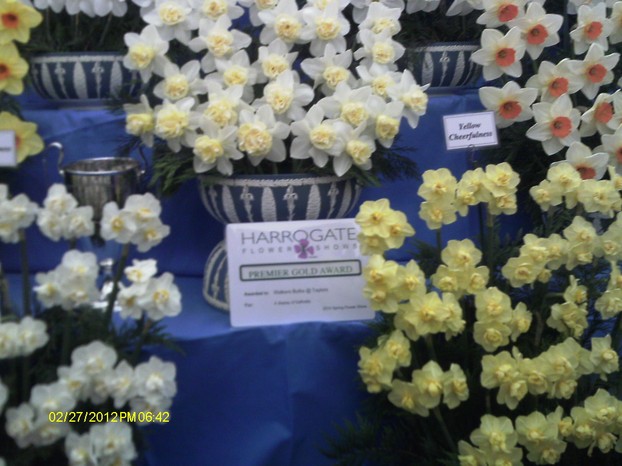
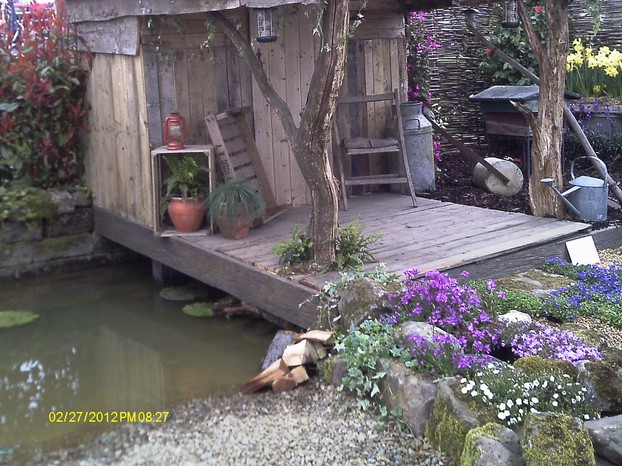
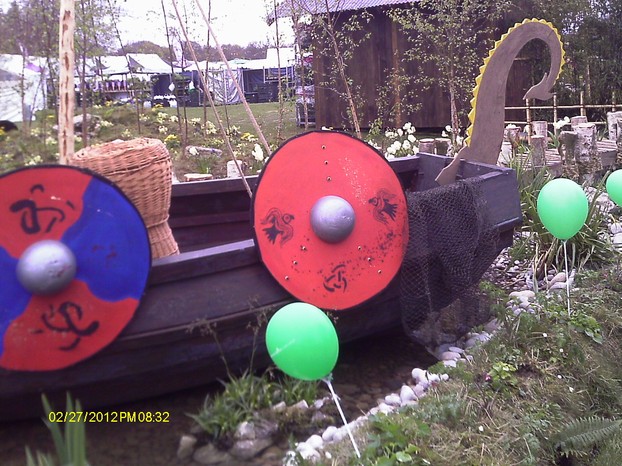
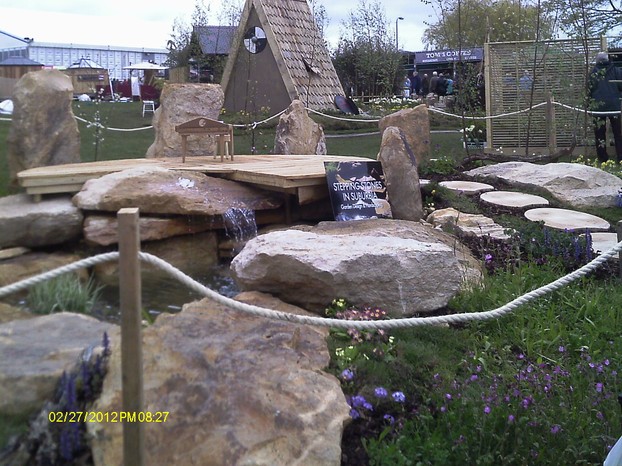
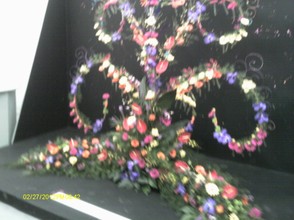
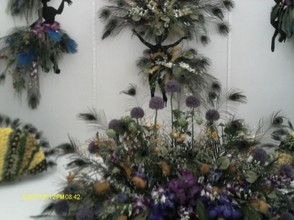
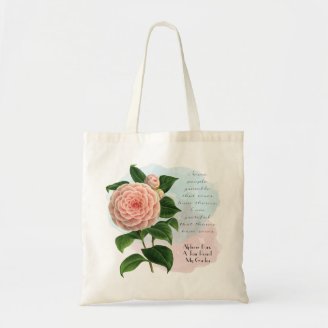
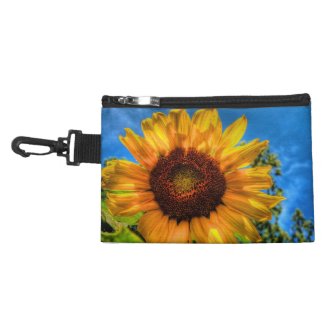

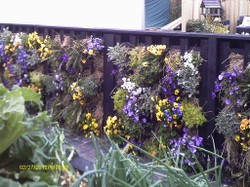

 Women of the Gospelson 10/11/2025
Women of the Gospelson 10/11/2025
 Religious Gardenson 08/25/2025
Religious Gardenson 08/25/2025
 Doctor of the Church: John Henry Newmanon 08/03/2025
Doctor of the Church: John Henry Newmanon 08/03/2025
 Restoring the Palm Houseon 07/16/2025
Restoring the Palm Houseon 07/16/2025

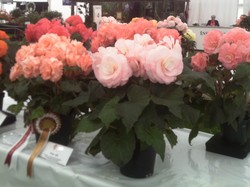
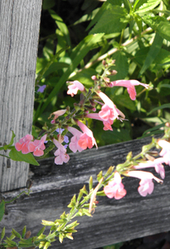
Comments
They are growing in popularity.
The living-wall image leftward of your title catches my attention.
Unitedstatesian living walls indoors cluster kitchen herbs most practically.
Do indoor living walls have their appeal in the British Isles?
Thank you!
LiamFoley63's Why is the wife of an earl called a countess? on the European Royal History site July 2, 2021, advises that no Saxon noble woman had a title apart cyninge (from Old English cyning -e, "king -having" via cyninge, "queen").
The aforementioned author associates the title earl with Old Norse jarl ("battle warrior" literally, but applicable to high-born fighter and to high-born noble next in dignity to king).
He culls no equivalent title for that nobleman in the British Isles even as English Wiktionary designates frua (from Old Norse via Old Saxon frūa, "lady") as wifely title to a husbandly earl.
Isn't it interesting that Old English lodges a precedent for the unlike earl and countess (versus the like prince and princess, marquis and marchioness, duke and duchess) in jarl and frua but not for the unlike king and queen (which in Old English may be translated literally as king and king-ess from cyning and cyninge!)?
Yes, Derdriu.. The Saxon nobility were destroyed as a class. Sadly. Quordle .
Thank you!
The titled background to British-Isles versus continental titles is familiar to me.
That the British nobility log as a title something inconsistent with the pattern of prince and princess, duke and duchess, marquis and marchioness nevertheless somewhat mystifies me.
(But then how to perceive king and queen, not king and king-ess ;-D?)
Were the Saxon nobles so economically, politically, socially, socio-economically powerful that only their title would survive?
Earl is a Saxon term, so has Germanic origins. COUNT IS A Latin word originating in the late Roman period. It was a title that was originally given to certain No hereditary military officials, but became hereditary. We do not have counts in Britain, for we have Earle, their equivalent. But we use countless, as the equivalent is earl' s wife.
Thank you!
It intrigues me that the European count became the English earl and the European countess became the English countess.
Now why might earless not have taken hold?
Might it be because it might be confused with ear-less ;-D?
Èarless has never been used.The term wouldn o t h av e been an option.
Thank you!
Lady Grey could have homogenized the title-related language if she designated herself Earl-ess. Might that have been an option?
It would fit nicely with duke and duchess and marquis and marchioness.
I don't know, but she might have preferred the title lady to countless.